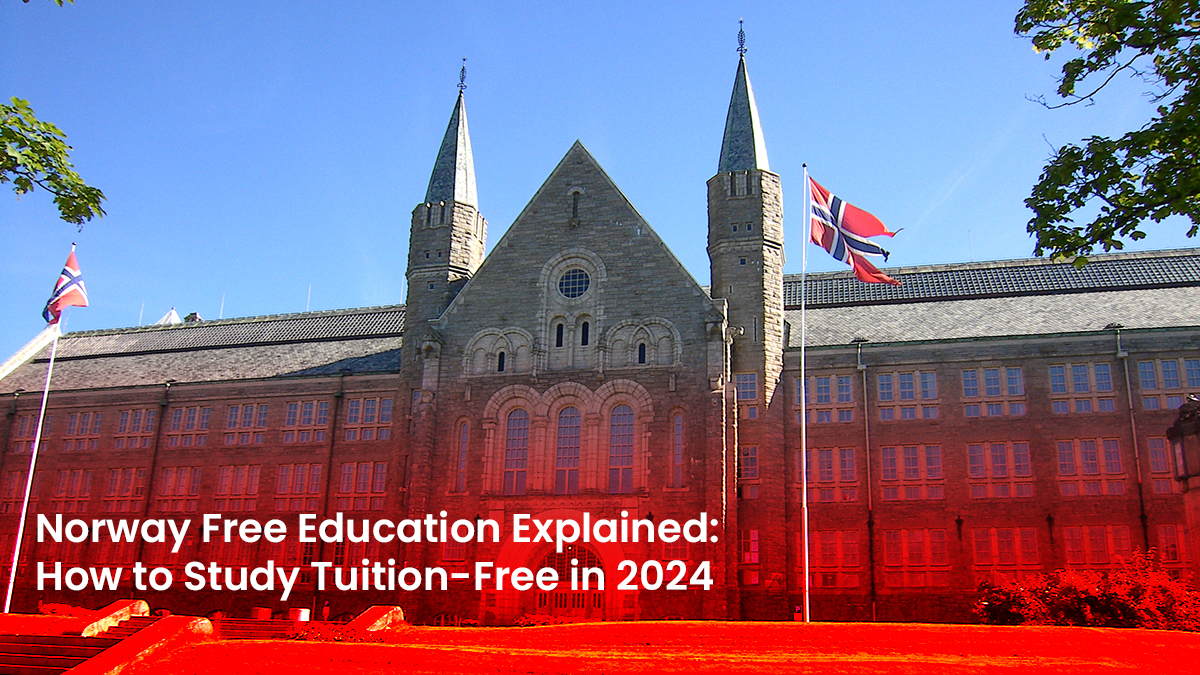Governments, education institutions, organizations, and financial institutions offer assistance in the form of student loans and grants to alleviate some of the monetary concerns of students and their families.
This is great, considering that funding one’s study costs is no easy feat. This is especially true for international students who—aside from paying tuition fees—still have to consider living expenses when studying in a different country.
Getting a loan is one of the ways students are able to get funding for their education. It’s a common practice now, but how exactly did student loans come about? Read on to find out!
Student Loan Origins: The Medieval Period
According to research done by Associate Professor Jenny Adams from the University of Massachusetts Amherst, the history of educational loans began in the late 11th century in Europe with the establishment of institutions of higher learning.
Back then, students who needed money simply borrowed from other people. This changed in the year 1240, when a man named Robert Grosseteste the first documented education loan system in Oxford.
Grosseteste, who was the bishop of Lincoln, used Oxford University funds to establish the loan system, calling it St. Frideswide’s Chest. And it was, quite literally, a chest.
The chest, which was kept at St. Frideswide’s Priory, was secured by two different locks, and each key was in the hands of a different faculty member.
Students who needed to borrow money offered collateral, which were usually textbooks. Some also used other valuable objects, such as silver spoons, as collateral. Loans were documented in pledge notes.
One instance of someone borrowing money through St. Frideswide’s Chest was in 1473. An Oxford University graduate named Alexander Hardynge got a loan to partly pay for rent at Exeter College while he tutored students. He needed to repay his loan within a year, which he was able to do.
With the number of students needing money increasing over the years, more loan chests appeared, with many of these funded by wealthy patrons and professionals. At the end of the 14th century there were at least 20 loan chests in Oxford.
Student Loans in Modern History
In modern times, the origins of a widespread systematic government-led initiative can be traced back to 1950 with the establishment of the Colombian Institute of Educational Credit and Technical Studies Abroad (Instituto Colombiano de Crédito Educativo y Estudios Técnicos en el Exterior, or ICETEX). This Colombian institution was set up to provide financial support to less affluent students so they can access higher education abroad.
Here’s a look at the history of education loans in other countries.
The United States
The Massachusetts Higher Education Assistance Corporation (MHEAC) developed a guaranteed student loan program in 1956, in which money collected through philanthropic contributions from local companies was used to ensure students’ bank loans. This initiative served as a template for future federal student loan programs.
In 1965, the U.S. federal government established the Federal Family Education Loan (FFEL) program, which guaranteed education loans issued by banks and non-profit lenders. The first federal student loans, however, were direct loans backed by funds from the U.S. Treasury and issued under the National Defense Education Act of 1958.
The current system goes back to 1972 with the Student Loan Marketing Association, which was created to service federally insured loans.
The United Kingdom
Local education authorities paid for students’ fees as early as the end of World War II and the loans didn’t have to be repaid. However, in early 1990, the Student Loans Company (SLC) was founded to give students additional financial assistance in the form of low-interest loans.
At the start of the school year 1998/99, the UK government passed the Teaching and Higher Education Act 1998, which introduced tuition fees of £1,000 per academic year to start. The SLC’s cumulative loans rose from £941 million in the 1997/8 academic year to £1.23 billion the next year, after tuition fees were introduced.
Canada
During the 1960s, the rapid advancement of post-secondary education required the reformation of financial assistance programs, prompting the establishment of the Canada Student Loans Plan (CSLP) in 1964.
The CSLP subsidized loans to all full-time students who showed financial necessity to a provincial or territorial government, on the condition that the money is returned for a period of not more than 9.5 years at an average interest rate.
India
In India, before the current system of commercial bank-driven loans was established, there was the National Loans Scholarship Scheme, which was set up in 1962.
Loans for higher studies in India in started in 1995 and were initiated by the SBI Bank. Not long after, many banks followed suit.
Currently, the Reserve Bank of India (RBI) has directed all Scheduled Commercial Banks in India to introduce the Education Loan Scheme, which aims to provide financial assistance to worthy students pursuing higher education in India and abroad on fair terms.
Since 2001, Indian banks have been providing loans for higher education. However, the Indian Bankers Association (IBA) recently revised the educational loan program, which was enacted in 2001, in response to rising non-performing assets (NPA) on educational loans.
Much has changed with student loans since their earliest years, like the flexibility of the terms and repayment options, but the fundamental concept remains the same: to provide students—especially those who have financial difficulties—a chance to obtain higher education and improve the quality of their lives.
Want to know more about education loans? Check out our other articles here on MSM Unify to get the latest news and information about loans and other forms of financial aid for students.












